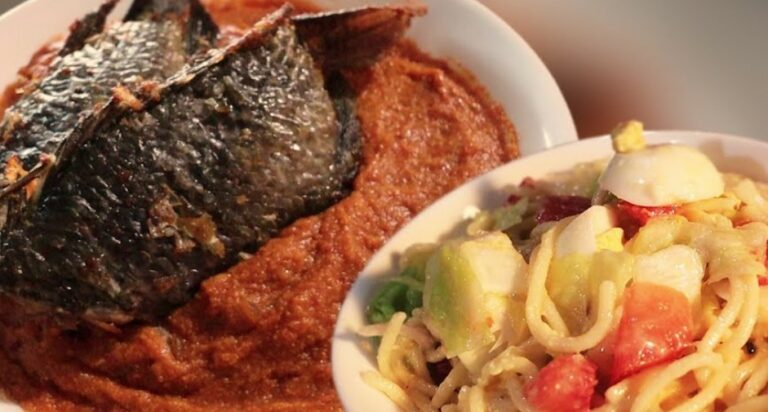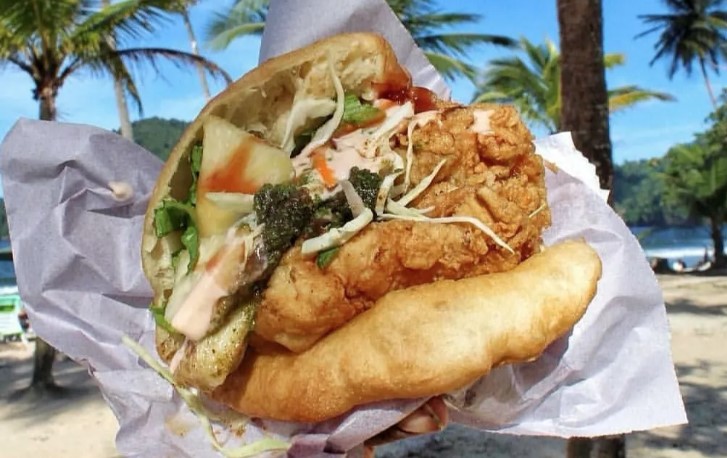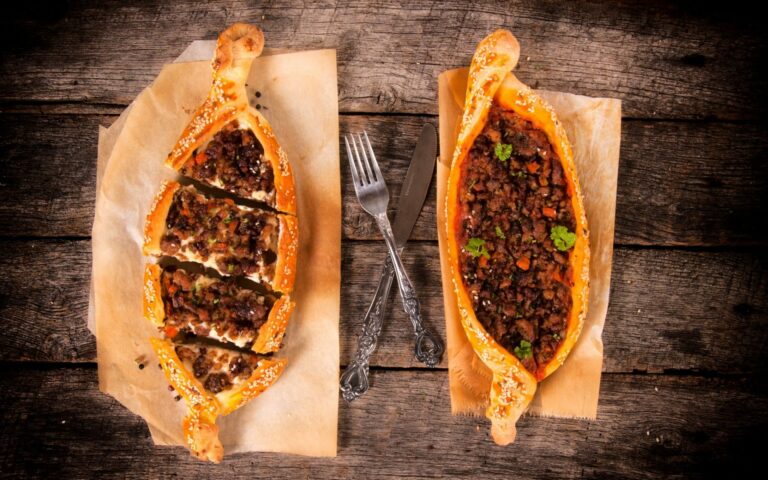Introduction: Timor-Leste Cuisine
Timor-Leste, also known as East Timor, is a small island nation located in Southeast Asia. The country has a rich cultural heritage, which is reflected in its cuisine. Timorese cuisine is a unique blend of flavors and cooking techniques that have been influenced by its history and geography. From traditional dishes to modern fusion cuisine, Timorese food offers a variety of flavors and textures that are sure to satisfy any palate.
Influences and History of Timorese Cuisine
Timor-Leste’s cuisine has been influenced by various cultures, including Portuguese, Indonesian, and Chinese. Portuguese influence can be seen in the use of spices like paprika, cinnamon, and cloves, while Indonesian influence is seen in the use of coconut milk and chilies. Chinese influence is also evident in the use of soy sauce and ginger. Timorese cuisine also incorporates indigenous ingredients like tamarind, taro, and sweet potato.
The country’s history has also had a significant impact on its cuisine. Timor-Leste was colonized by Portugal for over 400 years, and this has left a lasting impression on its food culture. Furthermore, the country’s geography has resulted in a variety of seafood dishes, as well as an abundance of spices and tropical fruits.
Key Ingredients and Flavors in Timorese Dishes
Some of the key ingredients used in Timorese cuisine include rice, fish, pork, chicken, and vegetables like cassava and pumpkin. A variety of spices and herbs are also used, including turmeric, lemongrass, and garlic. Coconut milk is a popular ingredient in many dishes, giving them a rich and creamy texture.
Flavors in Timorese cuisine are often a combination of sweet, sour, and spicy. Many dishes are also infused with a smoky flavor, thanks to grilling or smoking techniques. Additionally, the use of lime juice and tamarind gives many dishes a tangy twist.
Traditional Timorese Dishes and Cooking Techniques
One of the most popular traditional dishes in Timor-Leste is ikan sabuko, which is a grilled fish dish marinated in a blend of herbs and spices. Another popular dish is batar daan, which is a stew made with pork, tamarind, and vegetables like pumpkin and cassava. Additionally, bebek tutu is a traditional dish made with duck cooked in banana leaves.
Cooking techniques in Timorese cuisine vary, but grilling and smoking are common methods. Many dishes are also slow-cooked or simmered, resulting in a rich and flavorful sauce. Steaming is also a popular technique for cooking rice and vegetables.
Comparison with Other Southeast Asian Cuisines
While Timorese cuisine shares some similarities with other Southeast Asian cuisines, it also has its own unique flavors and cooking techniques. For example, Indonesian cuisine has a similar use of spices, but is often sweeter and less spicy than Timorese cuisine. Thai cuisine also incorporates a variety of herbs and spices, but is known for its use of lime and fish sauce. Vietnamese cuisine, on the other hand, has a focus on fresh herbs and vegetables.
Conclusion: Unique and Flavorful Timorese Cuisine
In conclusion, Timorese cuisine is a unique blend of flavors and cooking techniques that have been influenced by its history and geography. From traditional dishes to modern fusion cuisine, Timor-Leste offers a variety of flavors and textures that are sure to satisfy any palate. With its focus on fresh ingredients and bold flavors, Timorese cuisine is worth exploring.










